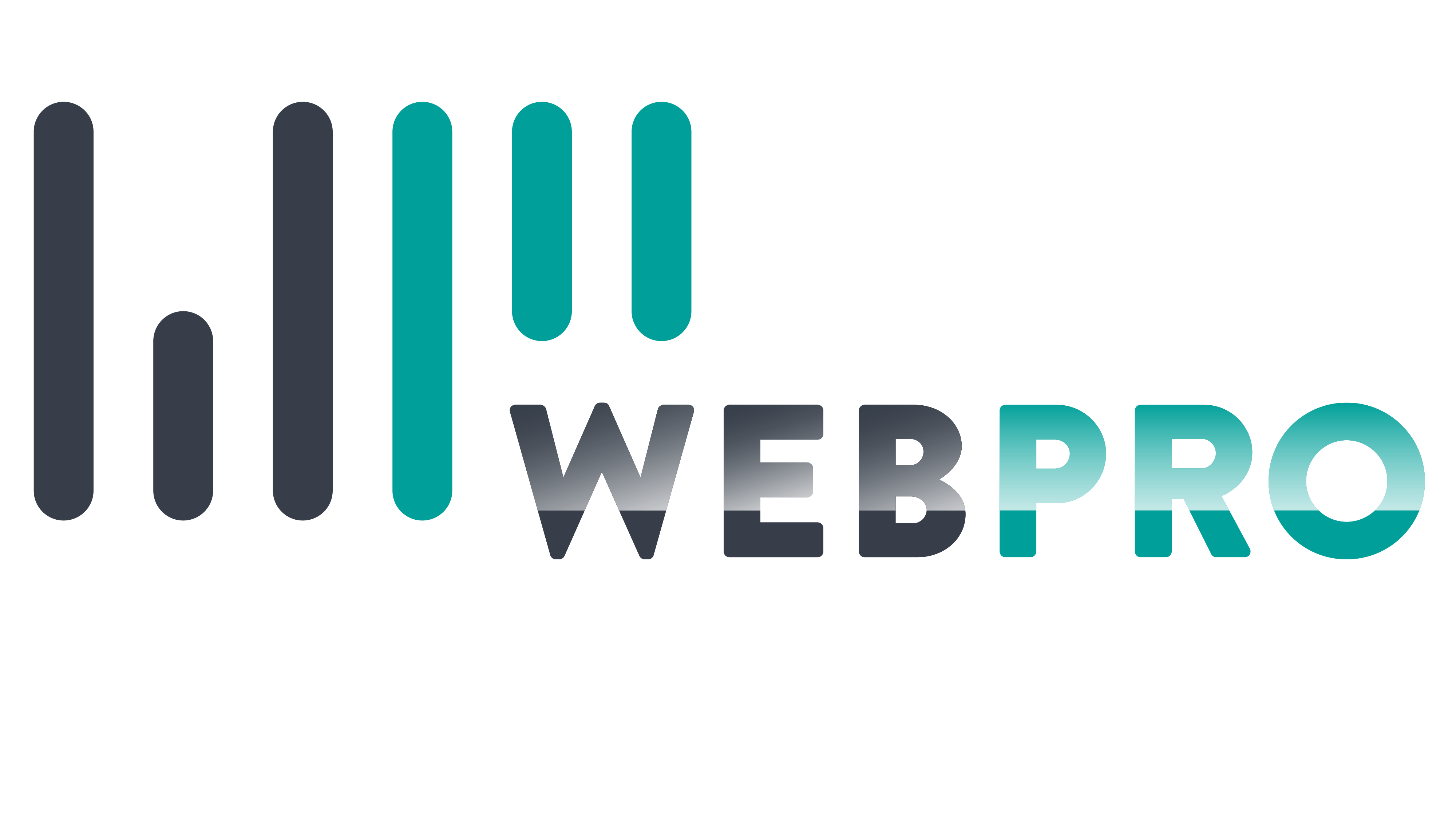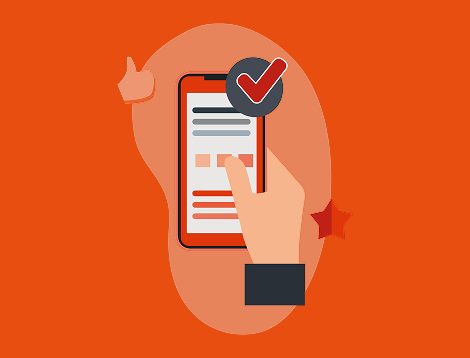The online education landscape is changing with increasingly popular gamified eLearning platforms.
With game-based learning techniques, educators are getting creative with how they impart information.
Its widespread use is gaining momentum as this form of learning is improving student engagement online.
In this blog we’ll explore in more detail what it is and how it applies to online learning. We’ll look into the effectiveness of gamification in education and just how much it enhances student engagement and outcomes. And we’ll consider the benefits and challenges of implementing gamification in educational platforms.
What is gamified learning?
For education websites, gamification is a fast developing, up-and-coming resource. It is the integration of gaming into learning practices, designed to garner online learning engagement and motivation.
To clarify: there is a difference between gamification and game-based learning. The latter is the method of using games to impart information, rather than the application of game mechanics to eLearning.
Typically, key gamification features that are found across most platforms include points, badges, leaderboards, rewards and so on.
How does gamified learning work in education websites?
Progression-based learning or tiered game levels are easy ways to integrate gamification into your education website. This means you can provide your learning materials in logical sequences, with learners completing one module before they move on to the next.
This works very well for both engagement and motivation, as learners can receive information and concepts in manageable chunks, and they’ll have well-defined goals to work toward. Done right, as they have to advance through different levels, completion of each stage fosters a sense of achievement.
When it comes to in-game rewards, you can get creative and use virtual prizes that are relevant to the subject matter you are teaching. You can award virtual badges for making progress, promote leaderboards for some fun and healthy competition or include interactive storytelling to help learners retain information. Point systems are a fun way to encourage interaction and give learners something to discuss with their peers.
You may even want to introduce tangible prizes, integrating your learning management system (LMS) with a store online so learners can redeem their points or badges for gift cards, for example. Or, you could award additional time off which will cost you nothing.
Quizzes, challenges and interactive elements can test and reinforce knowledge and make things more fun, encouraging competition among learners. For educators, some features can be set up to highlight trends or gaps in knowledge.
Benefits of gamification in education
As is probably already evident, there are many benefits to be gained by leveraging gamification in education, for learners and educators. They include:
- Increased student engagement and motivation
- Improved knowledge retention and learning outcomes
- Enhanced problem-solving and critical thinking skills
Challenges and limitations of gamified learning
Unsurprisingly, there are also challenges and limitations. For example:
- There is a risk of learners becoming distracted and over-reliant on rewards
- You will need to account for development costs and potential technical challenges
- It is crucial that gamification aligns with educational goals – its job is to enhance the learning experience, not detract from it
Does gamified learning really work?
Research suggests that gaming and learning are a winning combination. Gamification is predicted to grow by an average of 28% each year between now and 2030.
An experiment was carried out among 365 learners at the School of Electrical and Computer Engineering of the National Technical University of Athens, Greece. It showed an undeniable 89.45% increase in learner performance through challenge-based, gamified learning, when compared against traditional lecture-based learning. The study involved a web-based gamified application called Horses for Courses.
According to research by the Federation of American Scientists, learners recall 20% of what they hear. Yet when they actively perform a task themselves, with the use of gamification, they can retain 90% of the subject matter they learned.
Research conducted among 124 learners to assess their behaviour and perception of a gamified course, found that 67.7% felt the course was more or much more motivating than a traditional one.
How to implement gamification on education websites
To make sure you are implementing gamification on your education website as effectively as you possibly can, consider your interactive learning strategies and options. For it to be a success, you will need to appeal to your users – your students. This means choosing the gamification elements that will be most suited to them. Features will need to be age-appropriate – an older student won’t be impressed by a gold star, for example, where a younger child might. Think about the curriculum, how it breaks down into different subjects and how you can make learning fun.
One of the most important factors is its overall appearance. It will need to be engaging. Targeting your interactive imagery, features and progress trackers to your learners will hold their attention. And it needs to perform well, be easy for them to use.
There are many tools and plugins you can use to add gamification features to your website. Research which will be most applicable for your courses and learners. Or speak with a website agency. The WEBPRO Education team will always be happy to answer any questions you may have.





